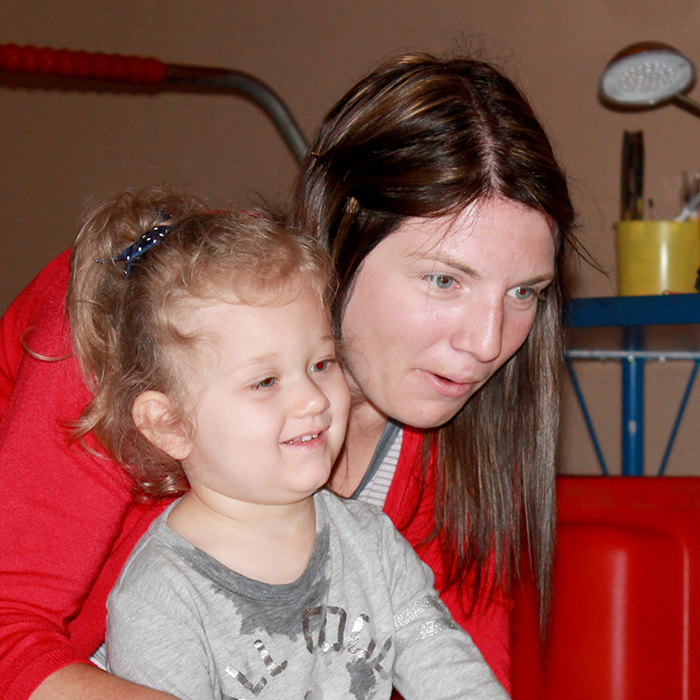If you have ever wondered, “What exactly are social stories?”, or have a child that has difficulty with transitions, unexpected environments or social skills, this article is for you. I’m here to introduce social stories and hopefully inspire you to give them a try.
Social stories were developed to better help children with Autism navigate social situations, but can be helpful for many children. They can help prepare a child for an upcoming situation to make it more predictable, or teach a commonly occurring social skill. They use language that is literal and repetitive, removing all nuisances and directly teaching and reinforcing a skill or behavior. So for the literal thinking child, social stories can be a great tool!
According to Carol Gray (2010), a social story pioneer, “a Social Story describes a situation, skill, or concept in terms of relevant social cues, perspectives, and common responses.” They can be visual stories with pictures, or written, or both. In fact, a visual schedule is a form of a social story, so reading skills or high receptive language skills are not required for all social stories. A modified social story could be as short as one sentence, such as “When I go to the store, I CAN push the cart and stay next to mom”, or as long as multiple pages. They should be tailored to the child’s skill level. Myth or Fact: Social Stories are complicated and scary and can only be written by professionals. Myth! Anyone can write a social story, it just takes a little practice and there are guidelines that must be followed.
IMPORTANT: Written social stories are focused on a specific skill or situation and stick to certain criteria. The following 3 sentence types make up a social story:
- Descriptive sentences: Describes a situation, states the facts, opinion free
- Example: “I am going to Chucky Cheese for a birthday party. When I am at Chucky Cheese, there will be lots of kids and it will be loud”
- Perspective sentences: Describes feelings or thoughts about a situation
- Example: “sometimes when I hear loud noises I get upset and want to go home. If I go home I will be sad I didn’t get to stay with my friends and play.”
- Directive sentences: Direct the desired behavior or appropriate response. Use positive language, such as “I can”. Avoid “do not”, or “I won’t”.
- Example: “when I hear loud noise I can ask for my headphones and put them on so it will be quiet. When it is quiet I can stay at the party and have fun”.
There should be 3-5 descriptive and perspective sentences for every directive sentence. Write in the first person at the child’s developmental level.
EXAMPLE: I play with my friends at school in the playroom. There are lots of toys in the play room. I like the green train, it is my favorite. Sometimes a friend is playing with the train. When a friend is playing with the train, I get mad and want to hit my friend. When I hit, my friend cries and my teacher is sad. I don’t like it when my friend cries. When my friend has the train, I can use my words to ask, “can I have a turn?” Sometimes my friend will say yes and sometimes they will say no. If my friend says yes, I say “thank you” and take a turn with the train. If they say no, I can say OK and play with the blocks or the legos. When my friend is done with the train, I can have a turn. When a friend is playing with the green train, I can use my words to ask “Can I have a turn?” or play with the blocks and wait for my turn. Then I am happy and my friend is happy.
The social story should be read repeatedly before the situation occurs, whether it is daily or every day of the week prior to a special event. It often takes multiple trials to find the right fit for a child, but stick with it and the results can be powerful.
Here are some great resources with more examples of social stories:
http://challengingbehavior.fmhi.usf.edu/explore/pbs_docs/social_story_tips.pdf
http://blogs.4j.lane.edu/communityaccess/files/2013/05/Social-Story-Criteria.pdf
Good luck!
Sophie J. Miles, MA CCC-SLP
Resources:
Cosgrave, G. (2015). Social Stories. Retrieved from: http://www.educateautism.com/social-stories.html
Broek, E., Cain, S.L., Dutkiewicz, M., Fleck, L., Grey, B., Grey, C., et al. (1994). The Original Social
Story Book. Arlington, TX: Future Education. www.thegraycenter.org

